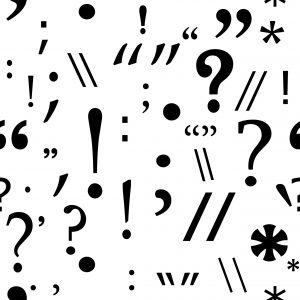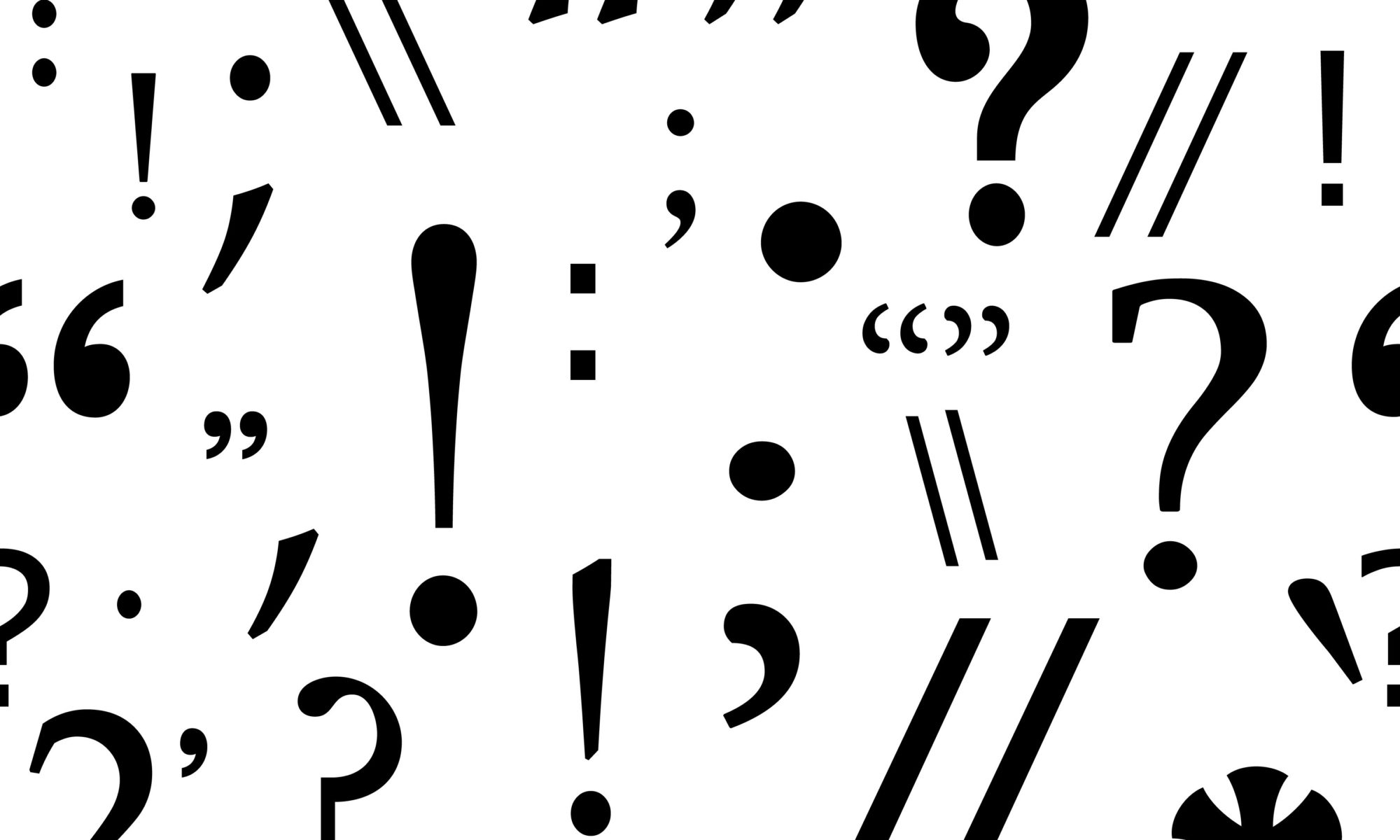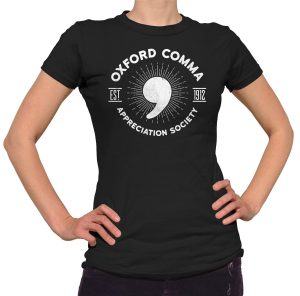With Dependent Clauses
Hooray, we’ve arrived at our final two comma rules! We have just one last grammar term to define quickly. In a previous post about colons and semicolons, we encountered the term “independent clause,” which means a clause that can stand on its own as a sentence. So if an independent clause can stand on its own, what do you think a dependent clause would be? Yup, it’s one that, even though it has a subject and a verb, can’t stand on its own as a sentence. For example:
*When I finish editing the book
*If there’s nothing that needs to be changed
These clauses clearly can’t stand on their own—they need another clause to round out the story. (The asterisk at the start means that they’re ungrammatical sentences.) Plumped out and paired up with a main clause, they might look like this:
When I finish editing the book, I’ll notify the author.
If there’s nothing that needs to be changed, the book will be published late this year.
And this shows the first dependent clause rule in action: when the dependent clause comes before the main clause, put a comma at the end of the dependent clause.
But what happens if we swap the order of the clauses?
I’ll notify the author when I finish editing the book.
The book will be published late this year if there’s nothing that needs to be changed.
Now the main clause is first and the dependent second, and there’s no comma. Most of the time this will hold true. There are only a few cases in which a comma might be necessary after the main clause:
- If there’s a significant contrast, indicated by the dependent clause starting with though, although, even though, or whereas;
- If the dependent clause starts with because and there is possibility of ambiguity (usually when the main clause contains a negative verb); or
- If the dependent clause is clearly parenthetical and has no effect on the overall meaning of the sentence.
Examples of these:
- The novel on the whole was good, although the end was a bit disappointing.
- Scott didn’t read the book, because his friends hadn’t liked it.
- I’ll finish up this post now, if you don’t mind.
If you’d like to read in more detail about these exceptional cases, check out this very thorough blog post. It’s written on a grammar nerd level of detail and so is not an easy read, but it does contain many good examples helpful for understanding these situations.
I hope that this series has cleared up at least some of the confusion you might have about the proper uses of the comma. But more importantly, I hope that you’ve come to realize that using commas—and in fact, all punctuation—is more of an art than a science. That’s why it’s so important to look for the rules in action when you read and to make a conscious effort to use them in your own writing. Remember that you can always send me your questions; I’m more than happy to help! Either post them below, or email to steph@tightprose.com.
And now, I promised you a recap of all the comma articles with links—here you go!
Part one: Commas in pairs; joining independent clauses; the serial, or “Oxford,” comma.
Part two: Commas with “not” phrases; with “the more…” “the less…” type phrases; with questions inside a sentence; with quotations; with parentheses.
Part three: Commas with introductory elements: words, short phrases, adverbial phrases, and participial phrases.
Part four: Commas with relative clauses and appositives—where the distinction between essential or extra information is particularly important.
Part five—this post: Commas with parenthetical and descriptive phrases, and with dependent clauses.






